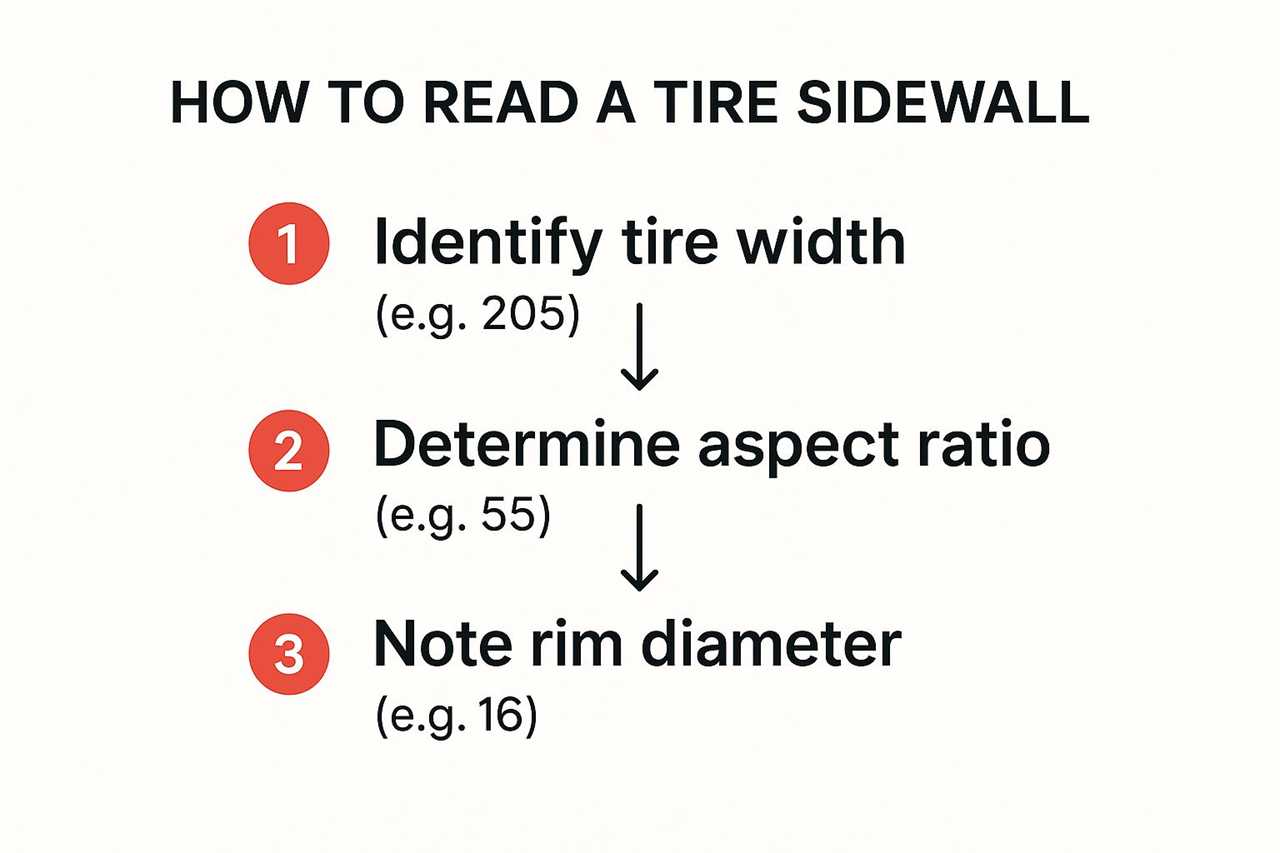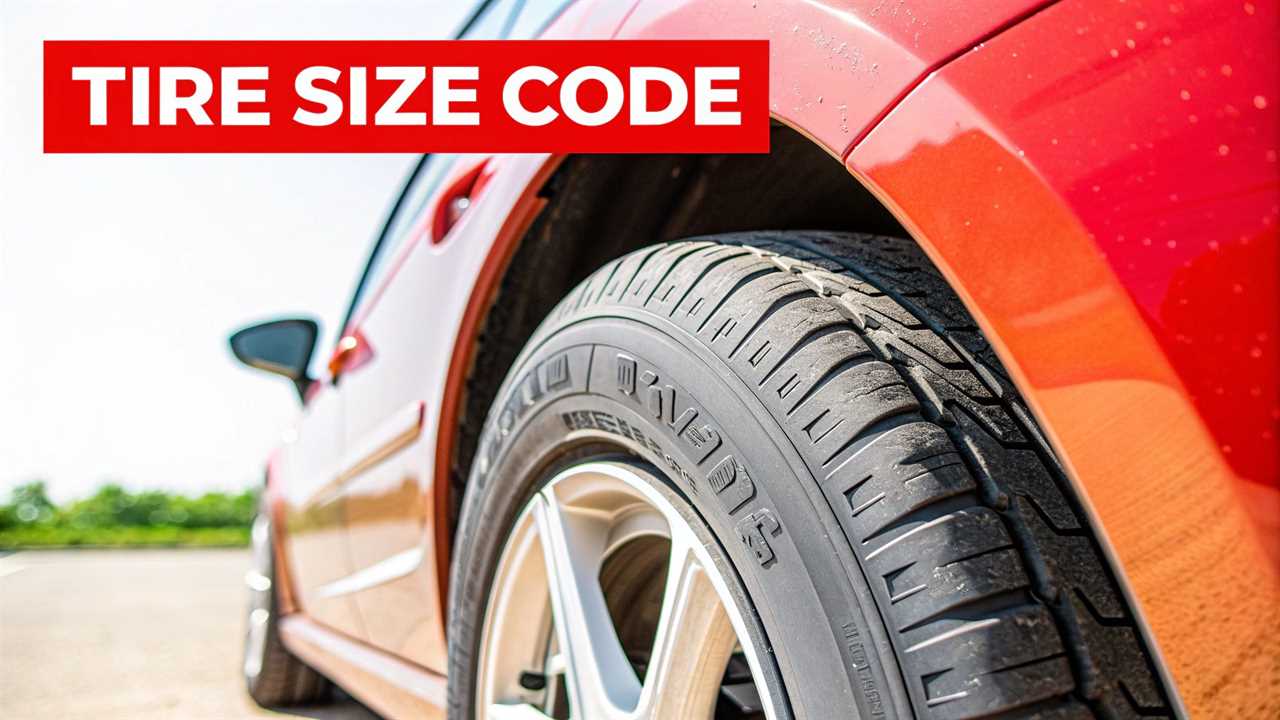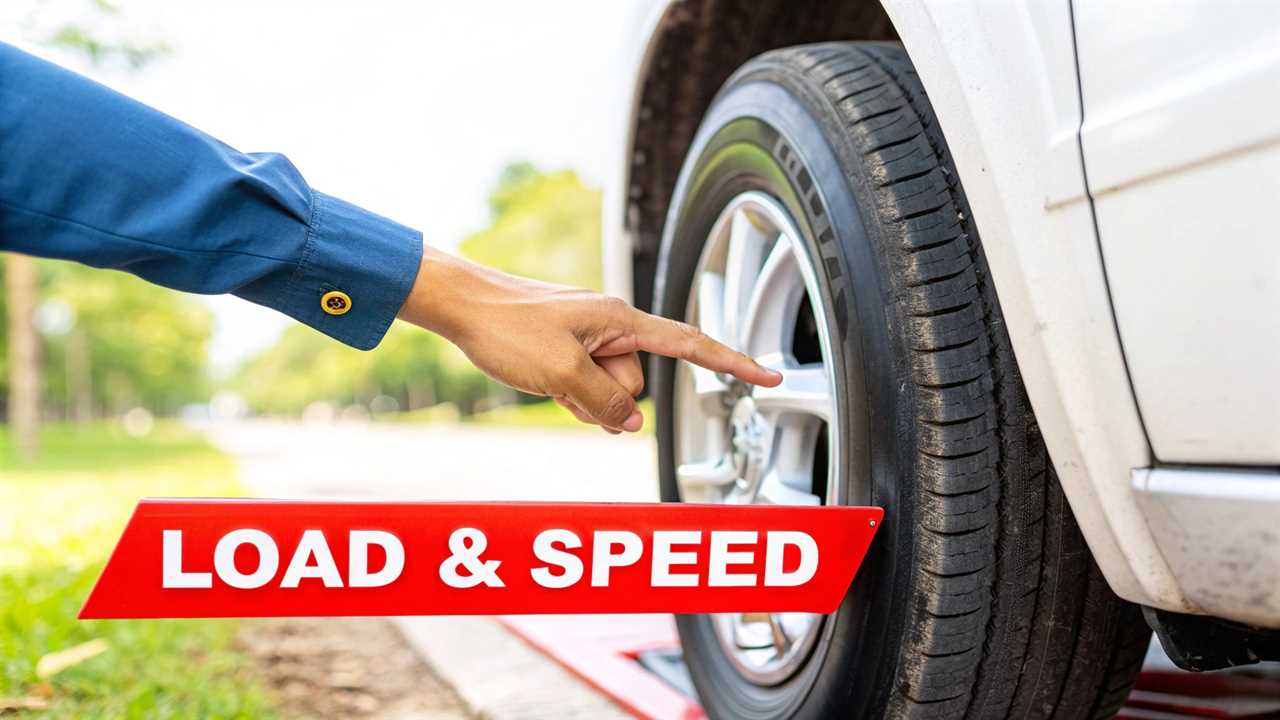That string of numbers and letters on your tire’s sidewall, like P225/60R16, isn’t a random code. It’s your tire’s spec sheet, telling you everything from its width and height to the exact rim size it needs. Once you learn how to read it, you’ll never look at a tire the same way again.
Your Tire’s Sidewall: The Ultimate Cheat Sheet
This information is critical for your vehicle’s performance and safety. Knowing what it all means gives you the confidence to talk shop with a mechanic. You can pick out the right replacement tires without any guesswork.
For example, a common tire size like 245/45ZR17 95W breaks down everything you need to know. It shows the tire’s width, its sidewall height, the type of construction, and rim diameter. It also specifies how much weight it can carry and its maximum safe speed.
Each number and letter has a purpose. If you want to dive deeper, the pros at GeneralTire.com offer great insights into how they decode these specs.
Think of this as your fast track to tire literacy. It’s the key to making sure the tires you buy are a perfect match for your vehicle’s needs, ensuring safety and optimal performance on the road.
This is a lot to take in at first, so let’s break down the most common format. The table below decodes a standard tire size, piece by piece.
Decoding a Standard Tire Size P225/60R16 98V
| Code |
Meaning |
Example Value |
| P |
Tire Type: Indicates the vehicle class. “P” is for Passenger Car. You might also see “LT” for Light Truck. |
P |
| 225 |
Tire Width: The width of the tire from sidewall to sidewall, measured in millimeters. |
225 mm |
| 60 |
Aspect Ratio: The height of the sidewall as a percentage of the tire’s width. |
60% of 225 mm |
| R |
Construction Type: Tells you how the tire was built. “R” stands for Radial, the most common type today. |
R |
| 16 |
Rim Diameter: The diameter of the wheel (or rim) this tire is designed to fit, measured in inches. |
16 inches |
| 98 |
Load Index: A code representing the maximum weight the tire can safely support when properly inflated. |
1,653 lbs |
| V |
Speed Rating: A letter indicating the maximum speed the tire is certified to handle safely. |
149 mph |
This gives you a solid foundation for the most important numbers. But a visual can often make things click.

This infographic simplifies the core size measurements—width, aspect ratio, and rim diameter. These are the first things you’ll want to identify.
Breaking Down Tire Size and Construction

The most important code on your sidewall is the one that guarantees a perfect fit. That big string of numbers and letters, like 245/45R18, is a universal language. It spells out the tire’s exact physical dimensions.
The first number, 245, tells you the tire’s width in millimeters, from one sidewall to the other.
The second number, 45, is the aspect ratio, meaning the sidewall’s height is 45% of the tire’s width. A higher number, like “60,” means a taller sidewall and a more cushioned ride. A lower number, like “40,” gives you a stiffer sidewall for sharper steering but a bumpier feel.
Decoding Construction and Rim Size
The letter in the middle—almost always an ‘R’ on modern tires—tells you about the tire’s internal construction. ‘R’ stands for Radial, the gold standard for today’s passenger cars. Radials offer a superior mix of strength, stability, and ride quality.
Finally, the last number, 18, is the wheel (or rim) diameter in inches. This is the number you absolutely have to match to your wheels.
It’s a funny mix of metric and imperial, isn’t it? The tire’s width is in millimeters, but the wheel diameter is in inches. This quirky standard is what allows a 245/45R18 tire to fit an 18-inch wheel, no matter where you are in the world.
These codes are standard for cars and trucks, but things differ for specialized vehicles. If you’re into four-wheelers, their markings are a whole different ballgame. You can get the full rundown on how to pick and measure ATV tires in our guide.
Understanding Load Index and Speed Rating

Besides size, your tire’s sidewall gives you two more critical safety stats. These are the load index and the speed rating, shown as a number and letter combo like 98V. These codes are a big deal.
They tell you exactly how much weight your tire can handle and the top speed it can safely sustain. The number—the load index—isn’t a direct weight measurement; think of it more as a code. It corresponds to a specific load-carrying capacity, assuming the tire is inflated correctly.
I can’t stress this enough: never, ever install a tire with a load index lower than what your vehicle’s manufacturer recommends. You’re just asking for trouble, especially when you’ve got the truck loaded down with gear. It can lead to catastrophic tire failure.
Matching Speed Rating to Your Driving
Right after the load index number, you’ll see a letter. This is the speed rating, and it tells you the maximum sustained speed the tire can handle. For example, an ‘H’ rating is good for speeds up to 130 mph, while a ‘V’ rated tire can handle up to 149 mph.
- H-Rated Tires: You’ll find these on many family sedans and SUVs, offering a great balance for normal highway driving.
- V-Rated Tires: These are usually for performance-focused vehicles, built for higher speeds and more aggressive driving.
You’re probably not planning to hit 130 mph on your way to work. But a higher speed rating often means the tire is built with better materials. This can translate to improved handling, even at everyday speeds.
Finding Your Tire’s Birthdate with the DOT Code

Every tire has a birthdate, and knowing it is a huge deal for safety. Rubber gets old and brittle over time, even if the tire looks brand new. This info is stamped on the sidewall in the Department of Transportation (DOT) code.
To find it, scan the sidewall for a string of letters and numbers starting with “DOT.” The last four digits are the golden ticket—they tell you exactly when the tire was made.
Decoding the Date
Reading the date code is simple once you know what to look for. The four-digit number breaks down like this:
- First two digits: This is the week of the year the tire was manufactured (from 01 to 52).
- Last two digits: This is the year it was made.
So, a code ending in 2523 means the tire was made in the 25th week of 2023. This quick check is a must, whether you’re buying a “new” set or a used one.
A great-looking tire isn’t always a safe tire. I can’t stress this enough. Most experts and manufacturers agree that tires should be replaced after six to ten years, no matter how much tread is left. The rubber compounds just aren’t safe after that long.
Checking the DOT code is your best defense against buying “new” tires that have sat on a shelf for years. You want fresh rubber, not something that’s already halfway to its expiration date.
How Global Standards Impact Your Tire Choice
Those numbers and letters on your tire’s sidewall are the bedrock of the global auto industry. Think of them as a universal language. It’s how vehicle manufacturers and tire companies ensure that every new vehicle rolls out with perfectly matched tires.
This collaboration dials in the exact performance and safety specs for a specific vehicle. Sticking to your vehicle’s original tire specs aligns your choice with its intended engineering. This ensures your vehicle handles, brakes, and performs as it should.
The Rise of Specialized Tire Demands
This is more critical than ever with the rise of Electric Vehicles (EVs). EVs are heavier and deliver instant torque, putting unique stress on the rubber. Tires for EVs have to manage that extra load while offering low rolling resistance for maximum battery range.
This push for better tires fuels a massive global market. The automotive tire industry was valued at USD 138.42 billion in 2024 and is projected to grow. You can dig deeper into these market trends over at fortunebusinessinsights.com.
The takeaway here is simple: the numbers on your sidewall are part of a massive, global system. Knowing how to read them connects your personal vehicle directly to the engineering standards that guarantee safety and peak performance, no matter what you’re driving.
For truck owners, understanding these codes is even more important, especially for off-roading. If you’re thinking about an upgrade, our guide on how to choose all-terrain tires for your truck is a great next step.
Still Have Questions? Let’s Clear Things Up
Even after decoding the main sidewall markings, a few common questions always surface. It’s one thing to know what the numbers mean, but it’s another to apply that knowledge. Let’s tackle some practical stuff that often trips people up.
People often ask, “Can I run a different tire size than what my truck came with?” It’s possible, especially for off-road builds, but it’s not something to do lightly. For a daily driver, sticking to the manufacturer’s specs is the safest bet.
Extra Symbols and When to Replace Your Tires
Look closer, and you’ll spot other letters and symbols on the sidewall. An M+S marking means the tire is rated for “Mud and Snow.” For true winter performance, you need the Three-Peak Mountain Snowflake (3PMSF) symbol, which certifies it for severe snow.
Another huge point of confusion is how many tires to replace at once. Here’s my take:
- The Gold Standard: In a perfect world, you replace all four tires together for balanced handling.
- AWD & 4×4 Vehicles: With these systems, replacing all four is often mandatory to prevent drivetrain damage.
- Replacing Just Two: If you only replace two, always install the new pair on the rear axle to prevent dangerous oversteer.
Knowing how to read your tires is one thing, but knowing when one is too far gone is just as critical. If you pick up a nail on the trail, our guide on how to repair a tire can help you figure out if a simple plug will get you home safely.
Technology is also changing the game. Garages now use advanced computer vision to scan and verify tire details with incredible accuracy. As of 2024, this tech scans millions of tires daily, boosting safety and efficiency. You can see more on how this tire scanning technology works on anyline.com.
https://offroading.com/how-to-read-tire-sidewall/?utm_source=rss&utm_medium=rss&utm_campaign=how-to-read-tire-sidewall
 Backyard GrillingWeekend WarriorsAdvice from DadBeard GroomingTV Shows for Guys4x4 Off-Road CarsMens FashionSports NewsAncient Archeology World NewsPrivacy PolicyTerms And Conditions
Backyard GrillingWeekend WarriorsAdvice from DadBeard GroomingTV Shows for Guys4x4 Off-Road CarsMens FashionSports NewsAncient Archeology World NewsPrivacy PolicyTerms And Conditions
